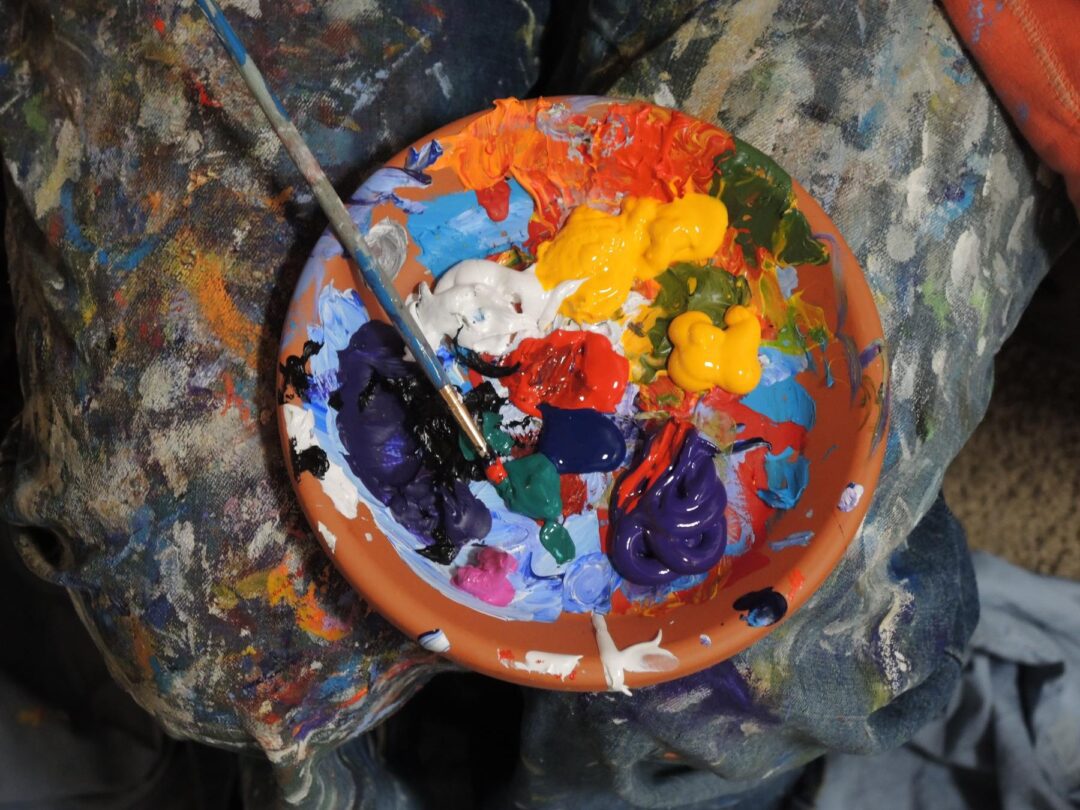The impact of arts teaching on students’ academic and social development


Bowen DH and Kisida B (2019) Investigating Causal Effects of Arts Education Experiences: Experimental Evidence from Houston’s Arts Access Initiative. Rice Kinder Institute for Urban Research.
Introduction
Advocates for arts education sometimes claim that apart from its intrinsic benefits, it can also have a positive influence on students’ academic and social development. There is, however, little scientific evidence to support this claim. This is why this study investigated the influence of arts education on student behaviour and their social and academic development. It was a randomised controlled trial involving 10,548 3rd-8th grade students in the US. I chose this report because I was intrigued by its experimental nature. It is one of the first studies I have come across that explores the potential influence of the arts on students’ social and academic development in a randomised controlled trial.
What is the research underpinning it?
How did the researcher(s) conduct the research?
The study was a randomised controlled trial involving 10,548 3rd-8th grade students in 42 schools that were chosen by lottery to receive extra arts teaching. Arts education was provided through community-school partnerships by teaching artists, cultural institutions and local arts organisations. The study investigated the causal effect of these community-school arts partnerships in the first year of implementation. The researchers were interested to find out if a substantial increase in arts education improved student-school engagement, increased students’ desires to engage and participate in the arts, increased academic achievement as reflected in standardised test scores, affected students’ attitudes and values and whether there were any differences between participating sub-groups of students (e.g. students with EAL or gifted and talented students).
The researchers used data from standardised academic tests in reading, maths, science and writing (STAAR), school district data on student behaviour and student surveys in their analysis. The survey covered student-school engagement, college aspiration, arts-facilitated empathy, compassion for others, tolerance, desire to participate in cultural consumption, disposition for arts transferThe processes of applying learning to new situations and perceived value of the arts.
What were the key findings from the study?
Increased arts education had a statistically significantly positive effect on students’ behaviour, their writing development and their compassion for others. The proportion of students receiving disciplinary action decreased by 3.6%, their writing achievement increased by 0.13 of one standard deviation and their compassion for others increased by 0.08 points of one standard deviation. The effect on students’ maths, science and reading achievement was also positive but the difference between intervention and control groups was not statistically significant.
The effects on writing development and compassion for others were even more pronounced for the sub-groups of EAL, gifted and talented and elementary school students. Increased arts education also had a positive effect on these sub-groups’ school engagement, college aspirations, arts-facilitated empathy, disposition for arts transfer, and perceived value of the arts. The intervention had particularly positive effects on the behaviour of male, African American students in middle school who came from a lower socio-economic background.
Where there any limitations to the study?
The survey population differed in a number of ways from the target population. For example, they were more likely to be female and white, less likely to have received disciplinary action and achieved better academically. However, when intervention and control groups are compared, they only differed in baseline reading achievement and this difference was not statistically significant. Male African American students were more likely to receive disciplinary actions than their peers, which may explain the more pronounced effect arts education appears to have had on their behaviour. The study also focused on community-school partnerships rather than classroom-based arts teaching which may influence the transferability to other forms of arts teaching.
Impact on practice
What ideas might you adopt for your own classroom?
This study shows that arts education can have a positive impact on students’ academic outcomes, their behaviour and other factors such as their compassion, their college aspirations and the perceived value of the arts. It thus emphasises the importance of a broad and balanced curriculum for all students but particularly for students with EAL, gifted and talented students and students from lower socio-economic backgrounds.
What questions does the research raise for teachers?
The study raises the question of how schools can establish sustainable community-school partnerships to increase their arts offer, particularly in the context of increased accountability and decreased funding.
What are the limitations of this study on teachers’ practice?
The study focused on community-school partnerships and the intervention programme was developed as a whole-school approach. It may be difficult for classroom teachers to establish similar partnerships if school leaders or colleagues do not support the initiative.
Want to know more?
Bowen DH and Kisida B (2019) Investigating Causal Effects of Arts Education Experiences: Experimental Evidence from Houston’s Arts Access Initiative. Rice Kinder Institute for Urban Research. Available at: https://kinder.rice.edu/sites/g/files/bxs1676/f/documents/Investigating%20Causal%20Effects%20of%20Arts%20Education%20Experiences%20Final_0.pdf (accessed 18 September 2019).
Catterall JS, Dumais SA and Hampden-Thompson G (2012) The arts and achievement in at-risk youth: Findings from four longitudinal studies. Washington, DC: National Endowment for the Arts.
Deasy R (2002) Critical links: Learning in the arts and student academic and social development. Washington, DC: Arts Education Partnership.
Podlozny A (2000). Strengthening verbal skills through the use of classroom drama: A clear link. Journal of Aesthetic Education 34(3-4): 91–104.









